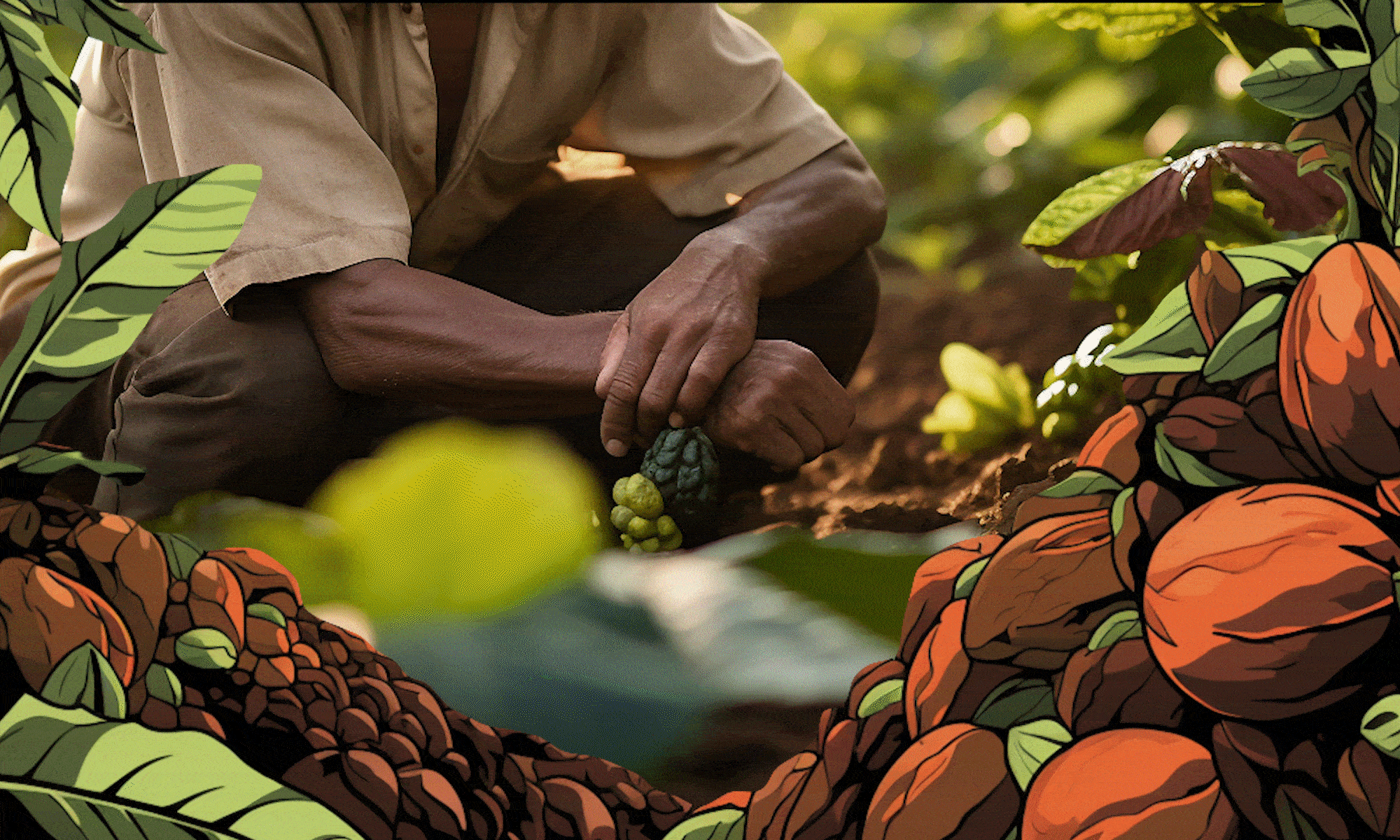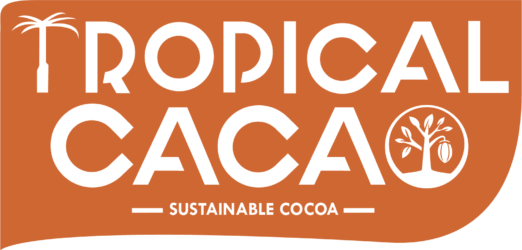Welcome to the World of Pure Cacao!
Are you ready to embark on a delicious journey into the world of real cacao? Whether you’re a health enthusiast, an aspiring chocolatier, or simply curious about this ancient superfood, this guide will transform you from a cacao novice to a knowledgeable enthusiast. 🍫
What Makes Cacao Special? ✨
Imagine discovering chocolate in its purest, most potent form. That’s cacao! Harvested from the magnificent Theobroma cacao tree (which means “food of the gods”), cacao beans are nature’s gift to chocolate lovers and health enthusiasts alike.
Understanding Your Cacao Options 🌿
Raw Cacao Powder
The most versatile form of cacao, this finely ground powder packs a powerful punch of nutrients and rich chocolate flavor. It’s your gateway to cacao goodness, perfect for smoothies, baking, and hot drinks.
Cacao Nibs
Think of these as nature’s chocolate chips! These crushed cacao beans offer a delightful crunch and intense chocolate flavor without added sugar. They’re perfect for sprinkling on everything from smoothie bowls to baked goods.
Cacao Butter
The creamy, rich fat extracted from cacao beans, this ivory-colored butter is essential for making chocolate and adds luxurious moisture to beauty products.
Getting Started with Cacao 🚀
First Steps
Start with small amounts – cacao is potent! Begin with:
- 1 teaspoon of raw cacao powder in your morning smoothie
- A light sprinkle of cacao nibs on your yogurt
- A warming cup of hot cacao (like hot chocolate, but better!)
Taste and Texture Guide 👅
- Raw Cacao: Intense, slightly bitter, with deep chocolate notes
- Cacao Nibs: Crunchy, nutty, with a pure chocolate flavor
- Cacao Butter: Smooth, rich, with subtle chocolate undertones
Health Benefits You’ll Love ❤️
Pure cacao is packed with goodness:
- Rich in antioxidants for cellular health
- It contains natural mood enhancers
- Provides sustained energy
- Offers minerals like magnesium and iron
- Supports heart health
Storage Tips for Maximum Freshness 🌟
Keep your cacao fresh and potent:
- Store in an airtight container
- Keep away from direct sunlight
- Avoid moisture and heat
- Use within 12 months for best flavor
Common Beginner Questions Answered 💭
“Is cacao bitter?”
Yes, pure cacao has a natural bitterness. Start with small amounts and combine with natural sweeteners like dates or honey until your palate adjusts.
“Can I use it in baking?”
Absolutely! Replace cocoa powder with raw cacao in any recipe. Remember, it’s more potent, so you might need less.
“Will it give me energy?”
Yes, but not like coffee. Cacao provides smooth, sustained energy without the jitters, thanks to its unique combination of nutrients and natural compounds.
Simple Starter Recipes 🥄
Morning Bliss Smoothie
Blend:
- 1 banana
- 1 cup plant-based milk
- 1 tablespoon raw cacao powder
- 1 date for sweetness
- A handful of ice
Easy Energy Bites
Mix:
- 1 cup dates
- 1/2 cup nuts of choice
- 2 tablespoons cacao powder
- Pinch of sea salt
Roll into balls and enjoy!
Tips for Success 🌺
- Start slow and build up
- Listen to your body
- Experiment with different forms
- Combine with healthy fats for better absorption
- Don’t be afraid to adjust recipes to your taste
Quality Matters 🎯
When choosing cacao, look for:
- Organic certification
- Fairtrade practices
- Pure ingredients (no additives)
- Proper packaging
- Reputable suppliers
Final Thoughts 🌟
Welcome to the wonderful world of cacao! Remember, everyone’s journey is different. Take time to explore, experiment, and most importantly, enjoy the process of discovering this amazing superfood.
Starting your cacao journey doesn’t have to be overwhelming. Begin with small steps, stay curious, and let your taste buds guide you. Before you know it, you’ll be a cacao connoisseur, creating your own recipes and sharing your knowledge with others.
Happy cacao exploring! 🍫✨
Remember: Pure cacao is a potent superfood. Start with small amounts and gradually increase as your body adapts to its powerful properties.

